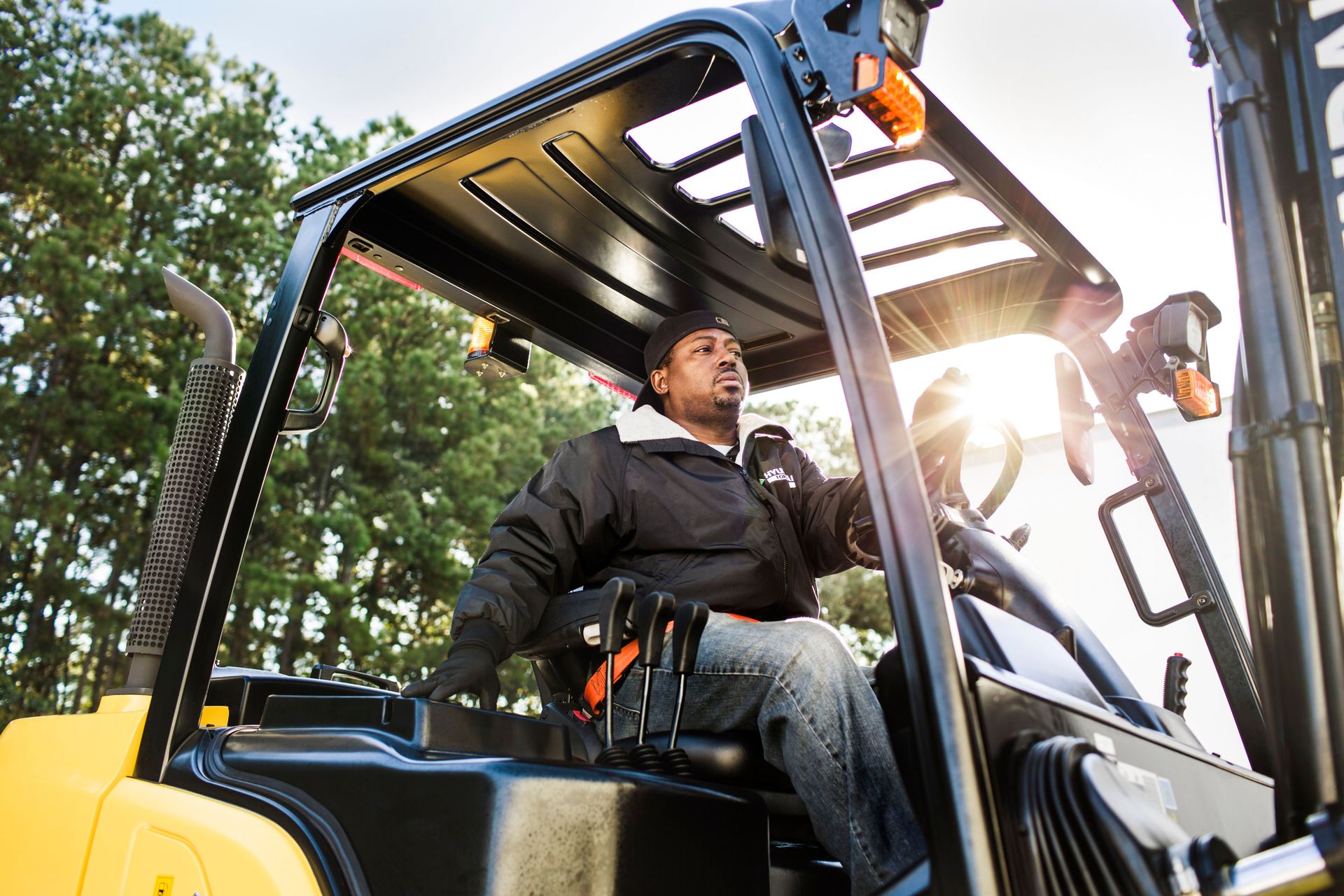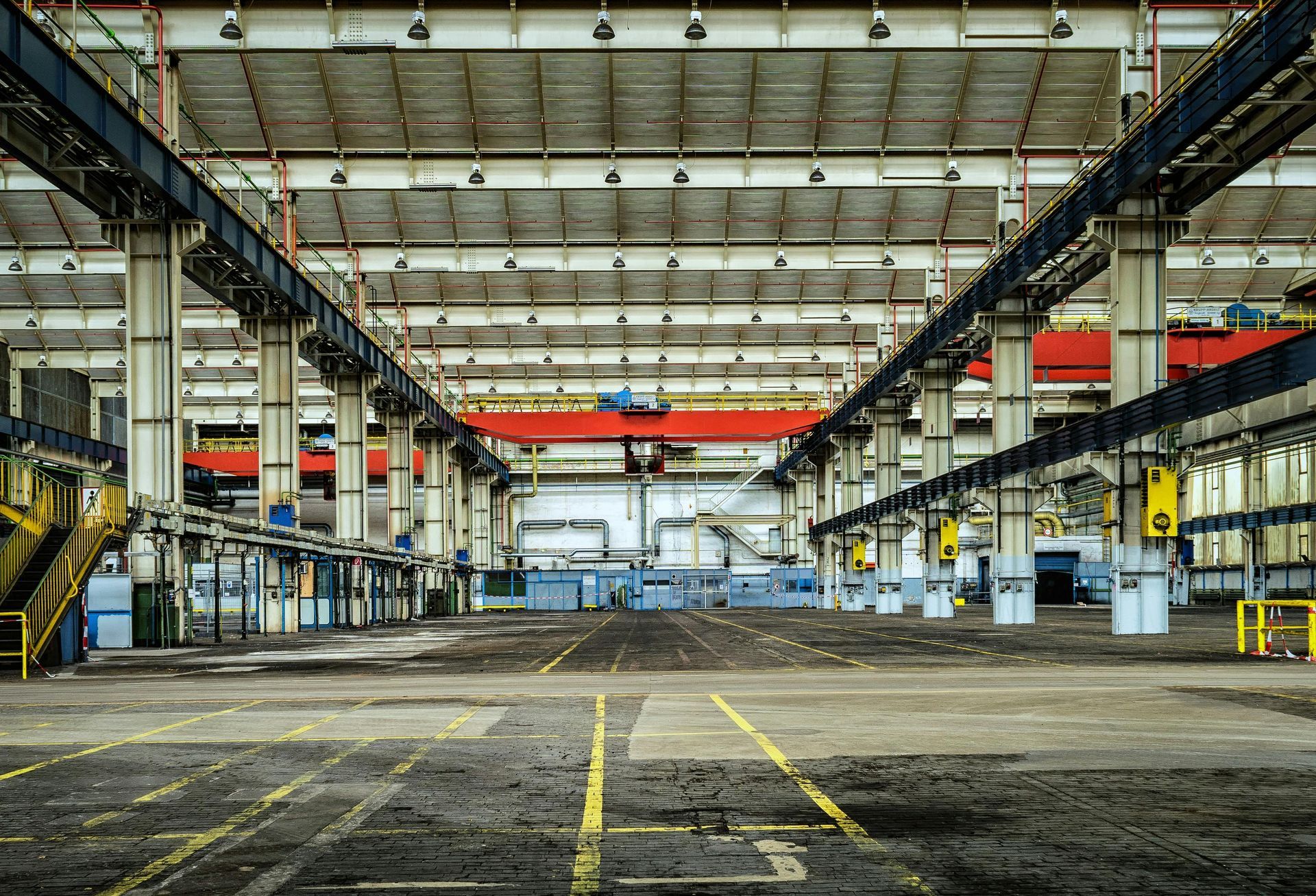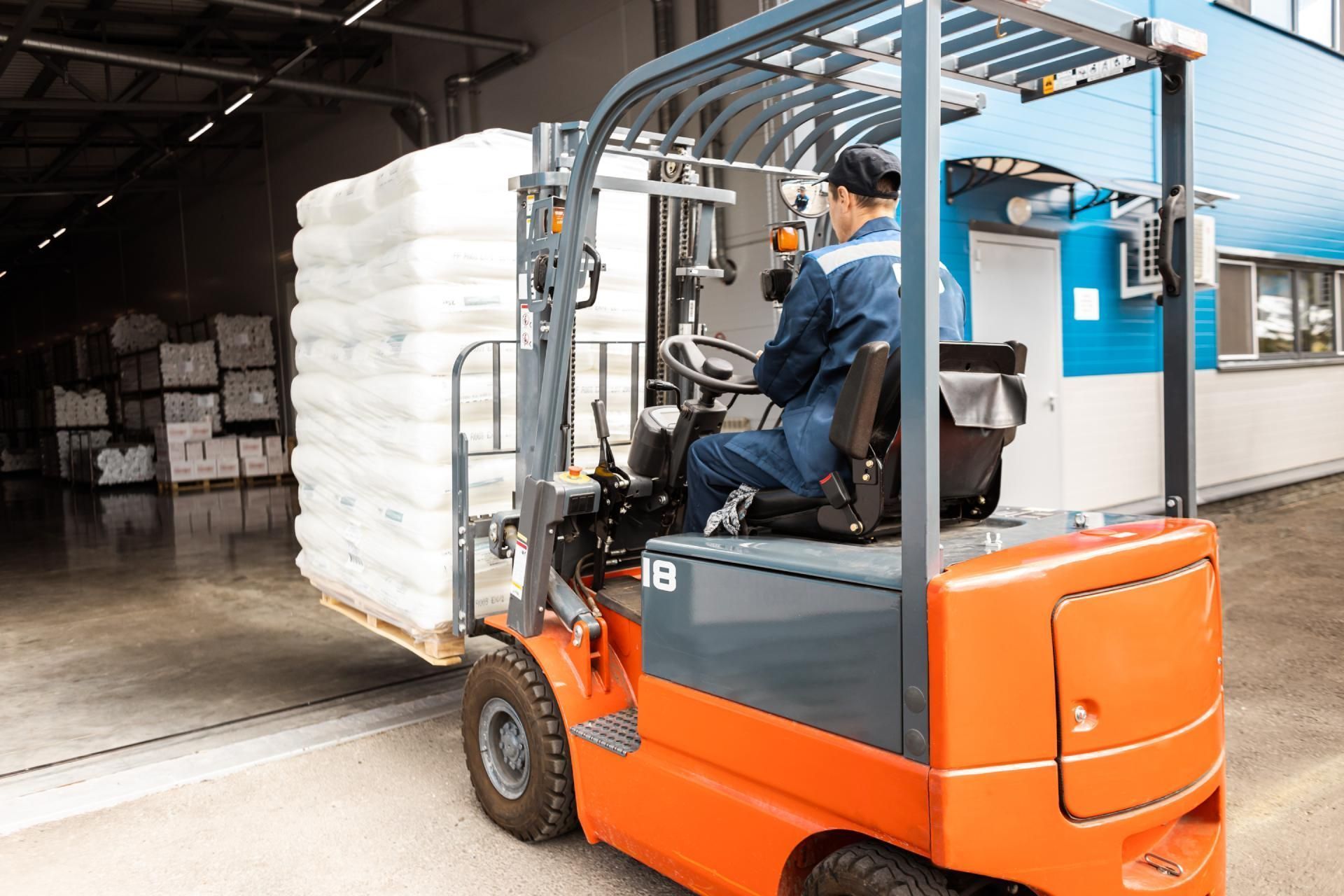Warehouse Automation Trends For 2021
There’s been plenty of discussion surrounding warehouse automation, but the events of 2020 have pushed this topic into the spotlight. Organizations of all sizes across all industries have turned to automation tools to help battle challenges like labor shortages, increased demand for products, and disruptions in the supply chain. These are some of the innovative trends that are helping to shape these tools — keep a close eye on them in the coming months.
The IoT
The Internet of Things is not a new industry trend, but it has become the backbone of warehouse automation which helps keep its place in the spotlight. All of the fanciest tech tools won’t be able to communicate without devices and sensors that sync up together. IoT devices will continue to get sophisticated and be used to make everything in your warehouse traceable and trackable at a glance.
Robotic Equipment
One of the most impressive new warehouse robots to grow in popularity is the autonomous forklift. Adoption of these forklifts is quick and easy as there’s no “system” to upgrade or reorganization of processes to add autonomous vehicles and forklifts to your warehouse floor. They also free up manpower, reduce human error, and ultimately, optimize warehouse operations and save costs.
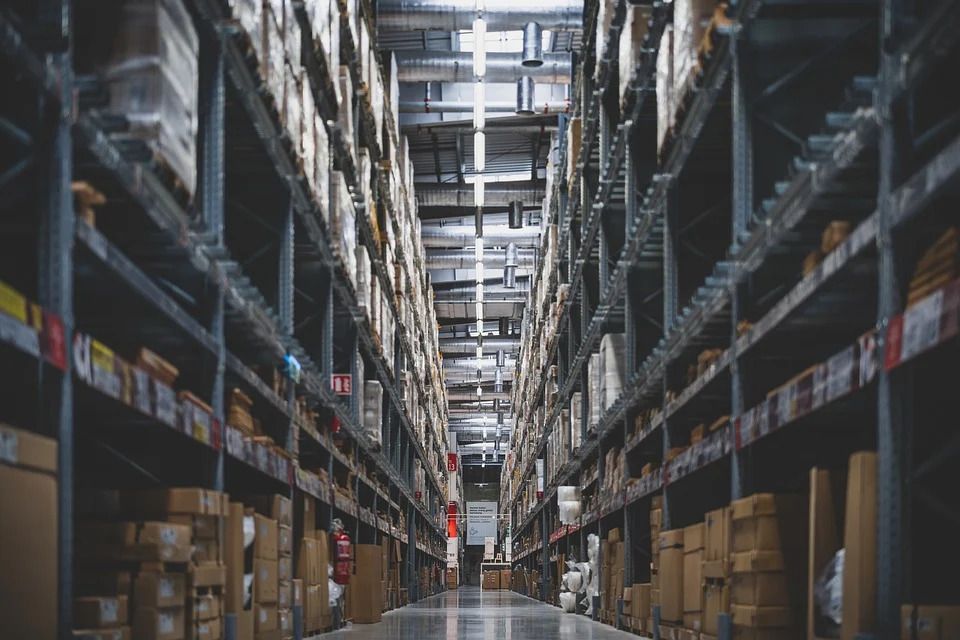
Picking Tools
Of all the warehouse processes that are performed on a daily basis, picking is the most labor-intensive and time-consuming. Expect this corner of warehouse automation to make a real splash, in part due to the explosion of eCommerce activity. A combination of tools can work alongside humans and with existing warehouse management systems to help provide the right product on an expedited timeline. It’s ubiquitous across industries but especially useful for retail brands.
Automated Cleaning
The need for safer, cleaner workspaces has grown exponentially, and with that so do the cleaning workloads. Cleaning robots in warehouses take on basic repetitive tasks like sweeping, allowing humans to perform more complex and detail-oriented processes like sanitization. Again, don’t expect robots to fully replace human staff any time soon, but automated cleaning robots can become a great supplemental tool.
Depending on Data
When your warehouse systems are bogged down or inefficient, it’s not always easy to pinpoint the root of the issue — unless you have cold, hard numbers. Analytics tools can be customized to identify trends, send out preventive notifications, and deploy proactive strategies to reduce or even eliminate costly downtime. Expect to see automation tools that allow inventory to be tracked end-to-end for transparency and accountability along the supply chain.
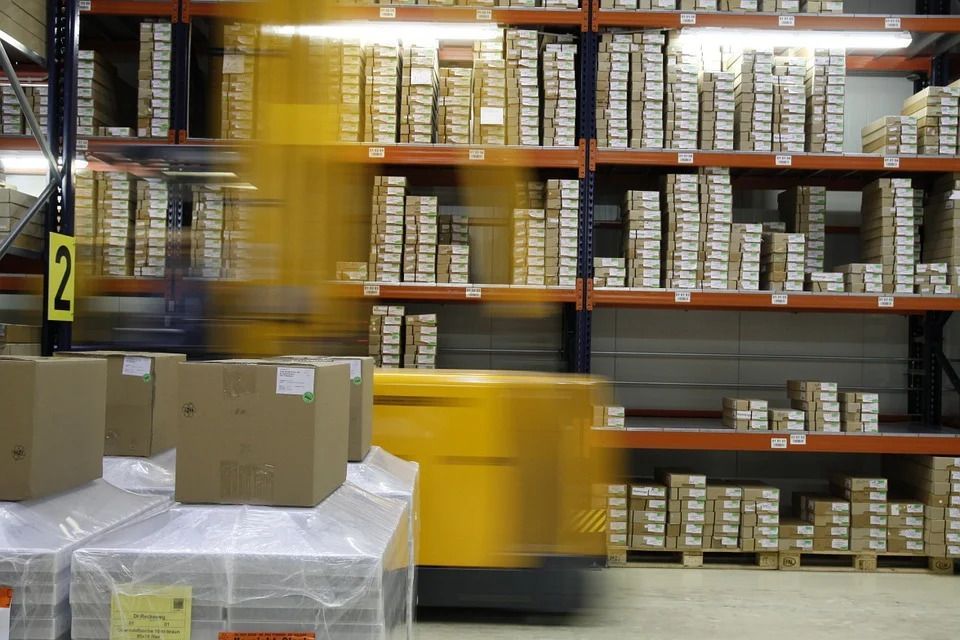
Gamification
Automation tools that track and produce data points can also be used to make efficiency fun on the warehouse floor. Gamification of the job (in settings that allow for it) will continue to become an efficiency-building tool, offering incentives for collaboration with robotics to get a job done quickly and safely. There is even software available for leaders and managers that can track these goals and incentives.
Forklift Telematics
If you’re still using paper and pen to track your forklift fleet, make 2021 the year you keep your resolution to change that. Forklift telematics use software, sensors, and the IoT to manage your fleet of equipment, measuring metrics like time of use, employee assignment, and location on the warehouse floor. This data is combined in a user-friendly dashboard that gives a holistic picture of equipment health, increasing efficiency.
Warehouse Management Systems
Focusing solely on the movement of your inventory in and out of the warehouse is the key benefit of implementing a warehouse management system (WMS). You can have standalone automation solutions but without a WMS in place, your data will still be siloed and not very useful when it comes to making quick business decisions. Successful warehouse managers know how important this infrastructure is and you can expect to see WMS software evolve quite a bit in 2021.
Are you ready to take advantage of automation trends to optimize your warehouse in 2021? We provide sales, installation, service, and repair for the critical equipment in most warehouses and can advise your team on how to get a return on equipment and automation tech investments.
Whether you’re looking for equipment for your newly purchased warehouse or you’re looking to replace aging warehouse supplies, we can help. No matter your need, our team of industrial equipment experts can help — get in touch today .
The post Warehouse Automation Trends For 2021 appeared first on Benco Industrial Equipment.


